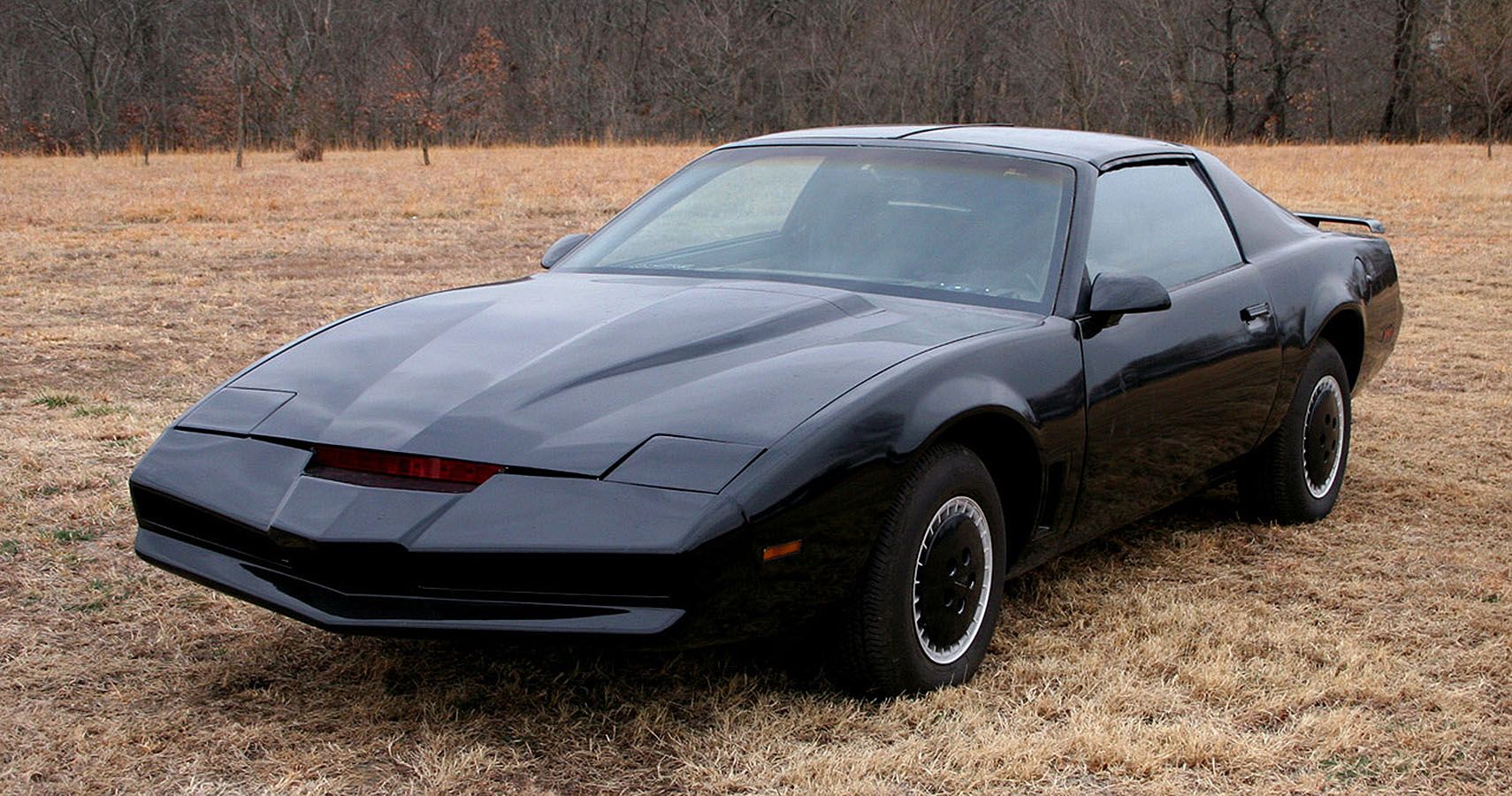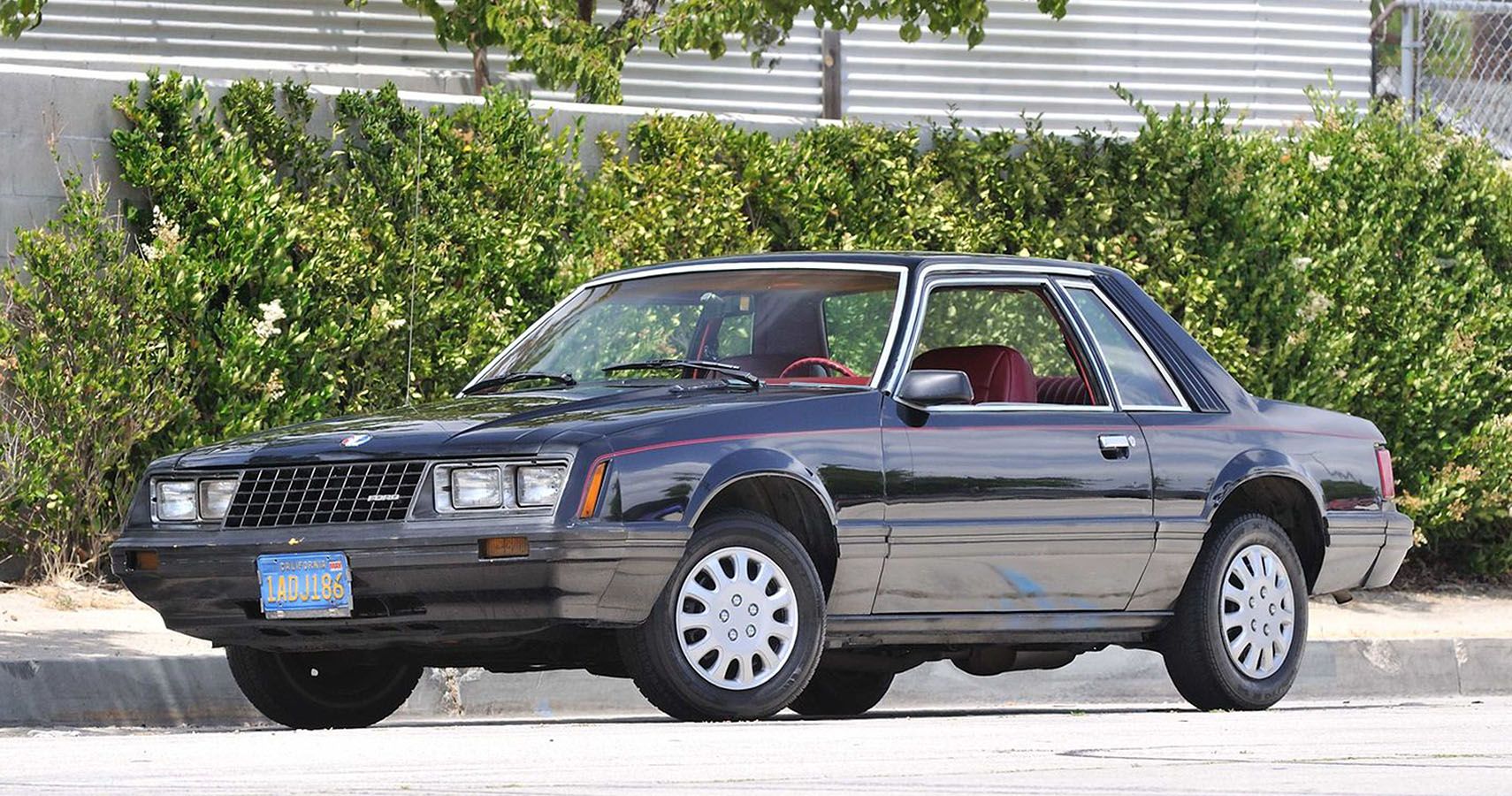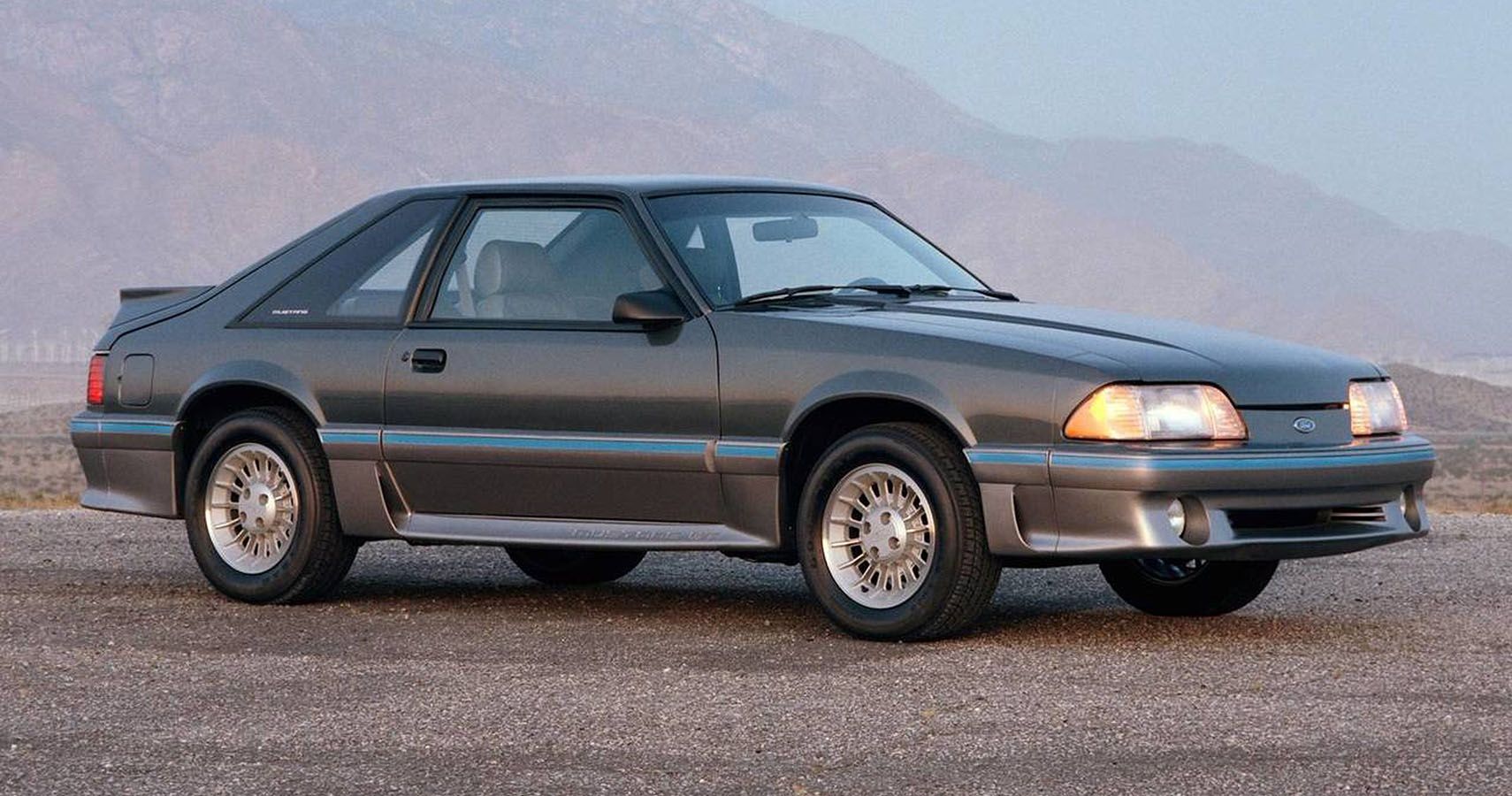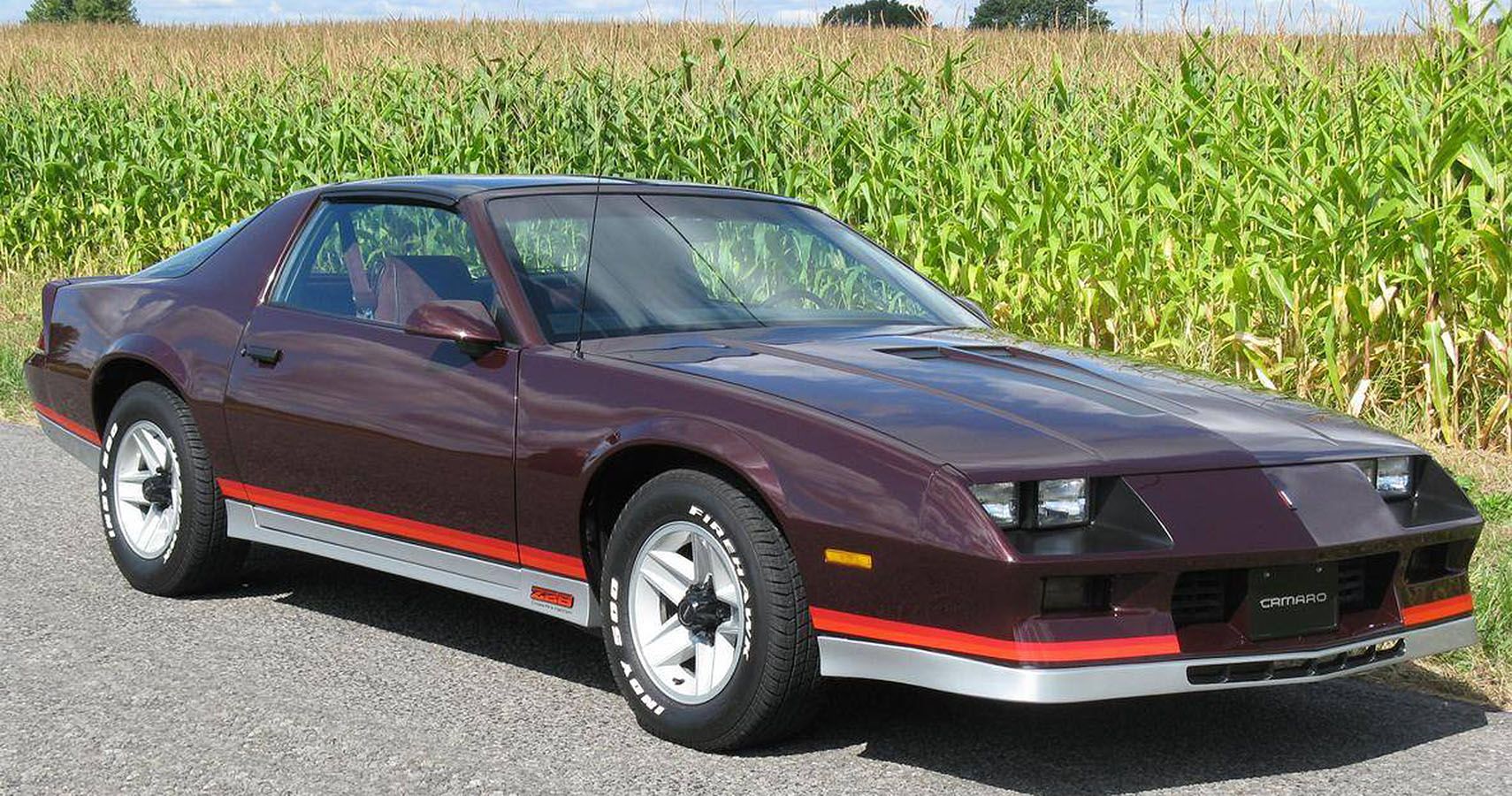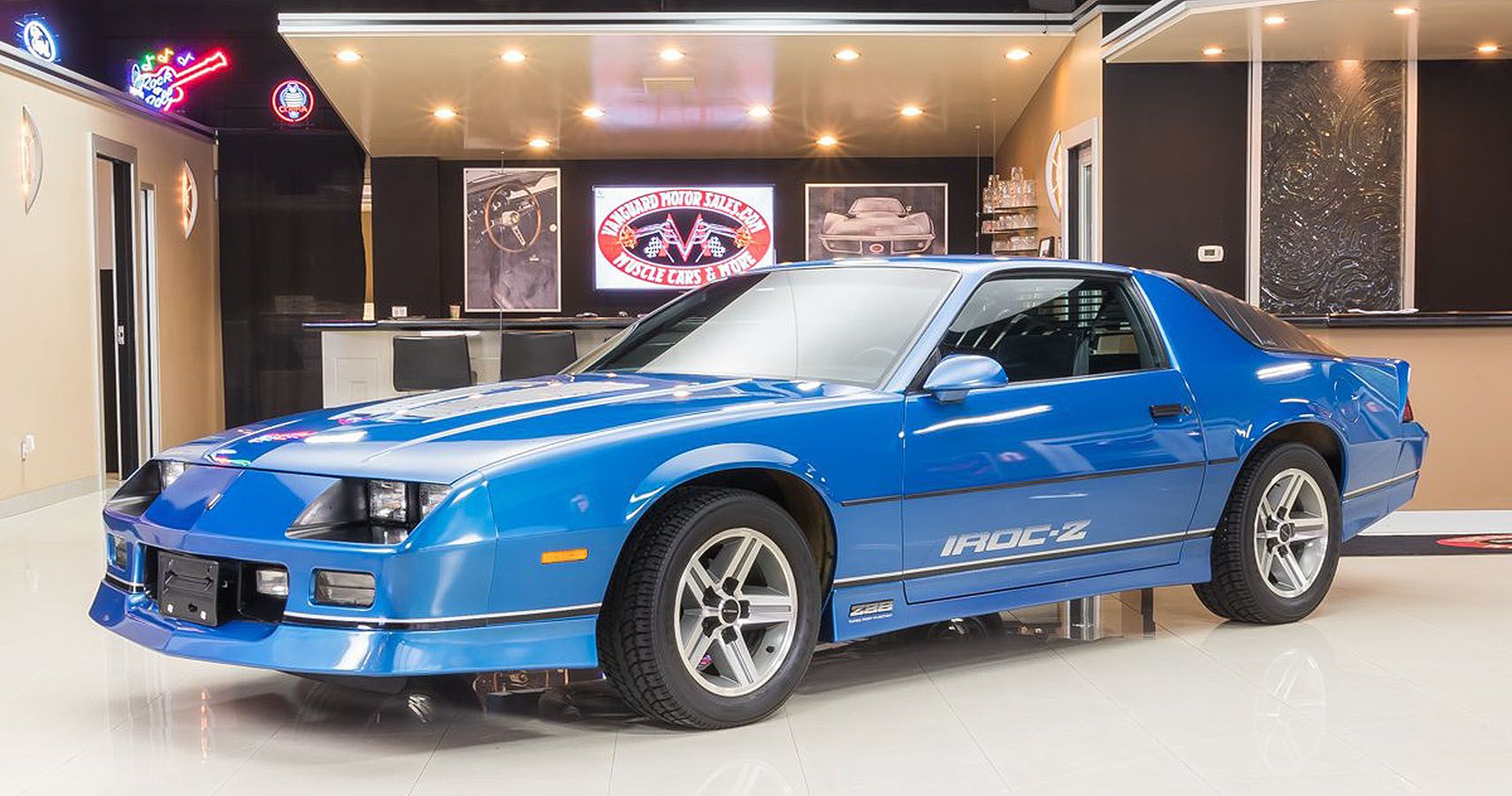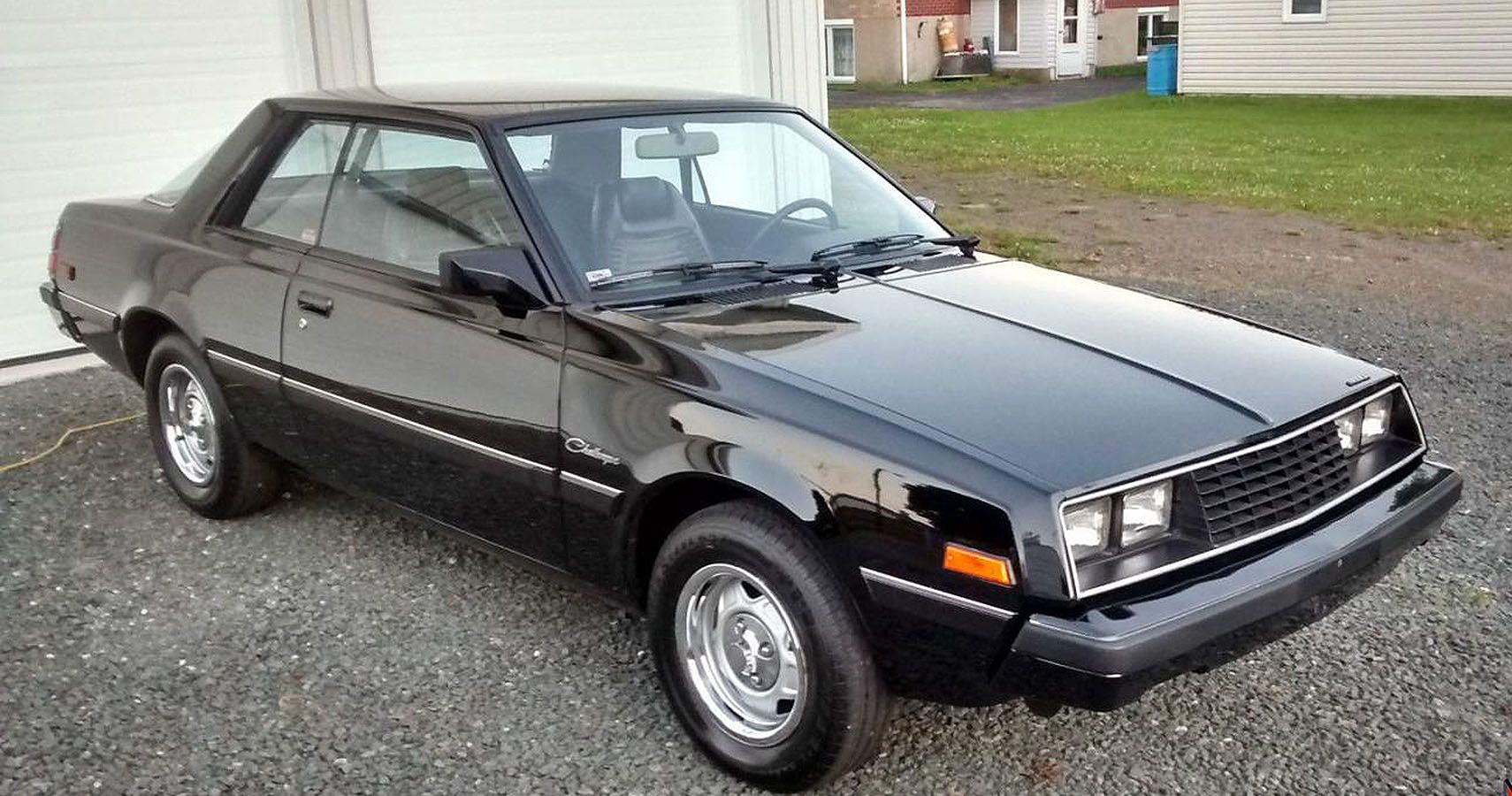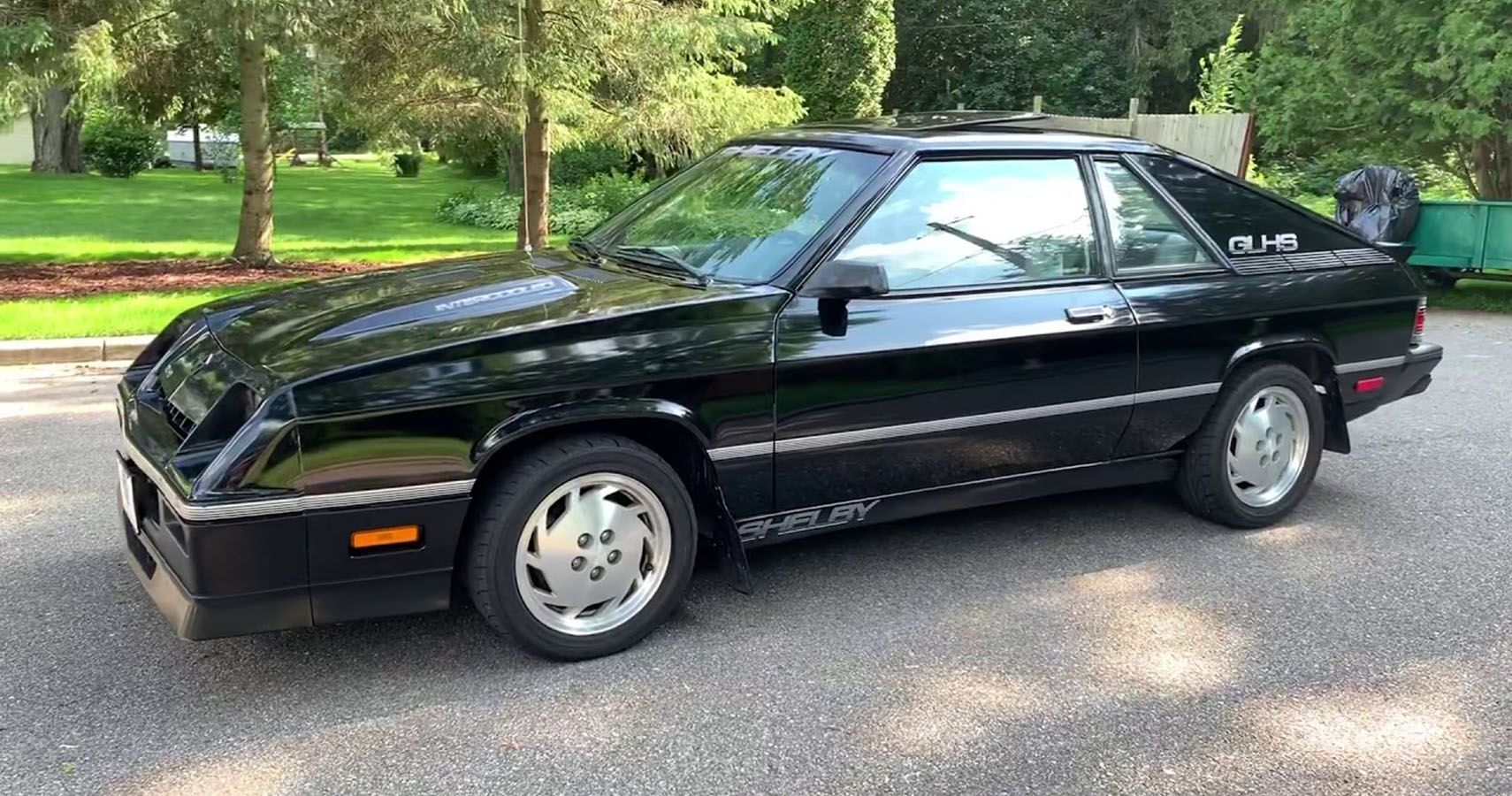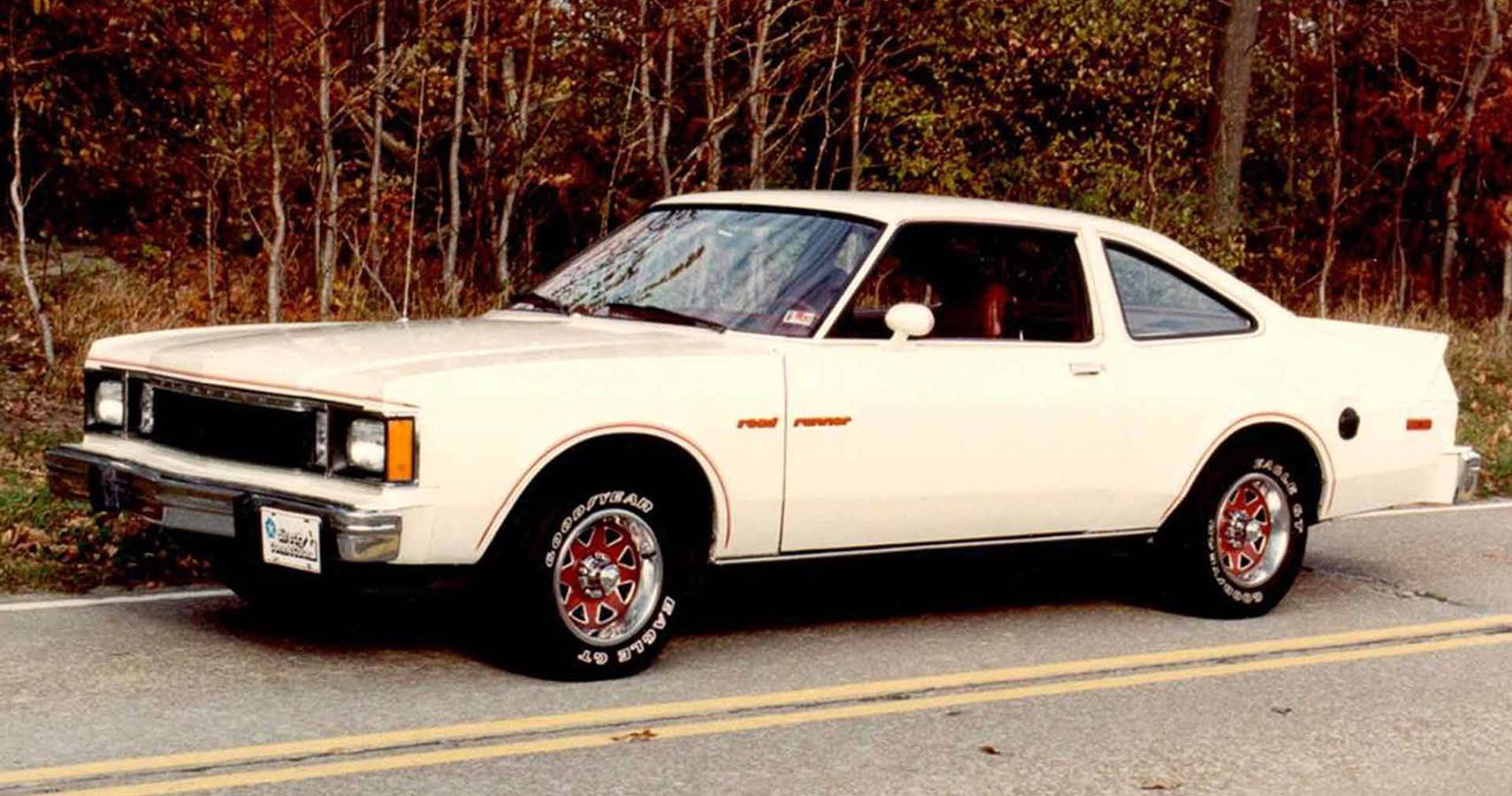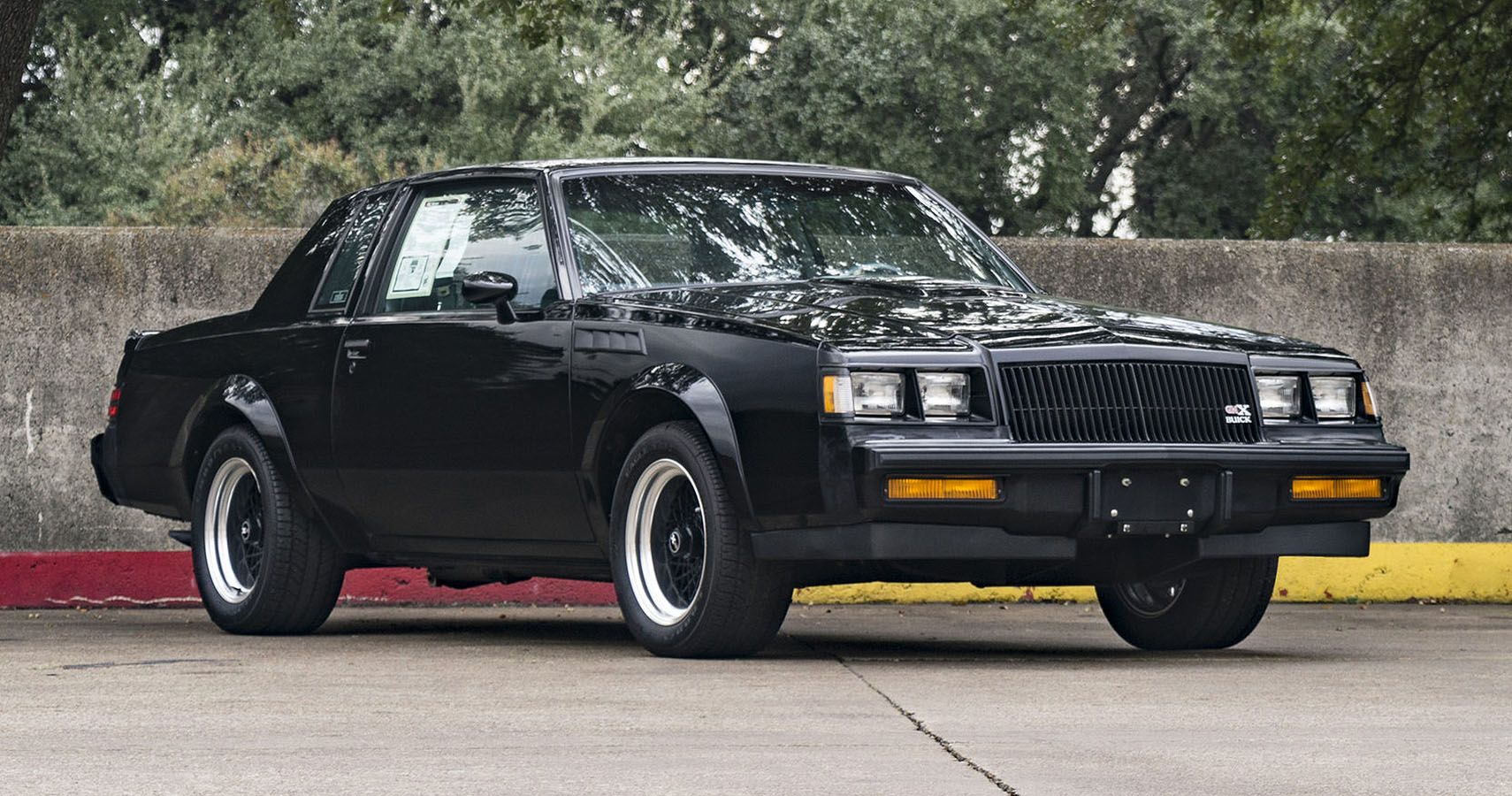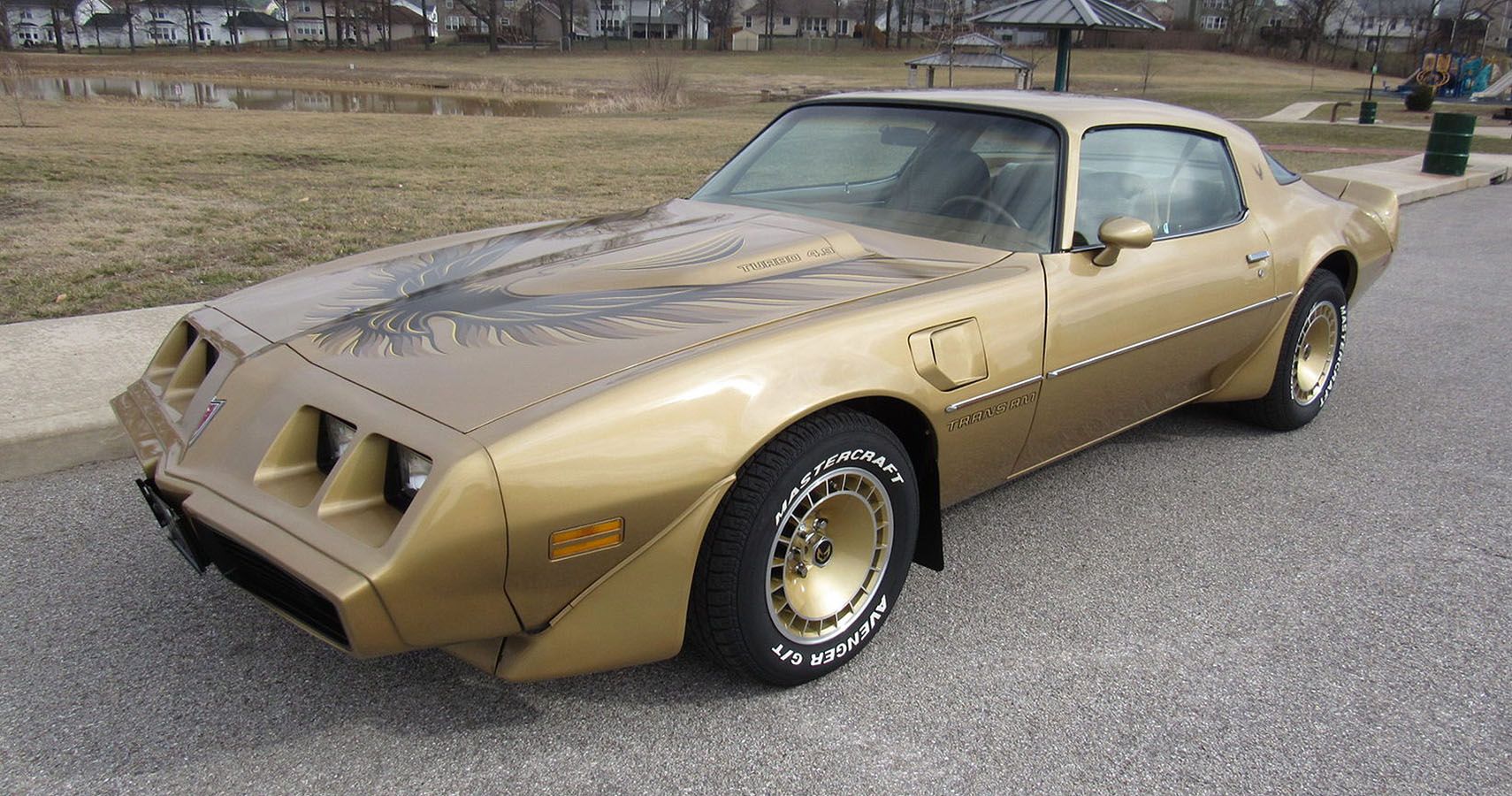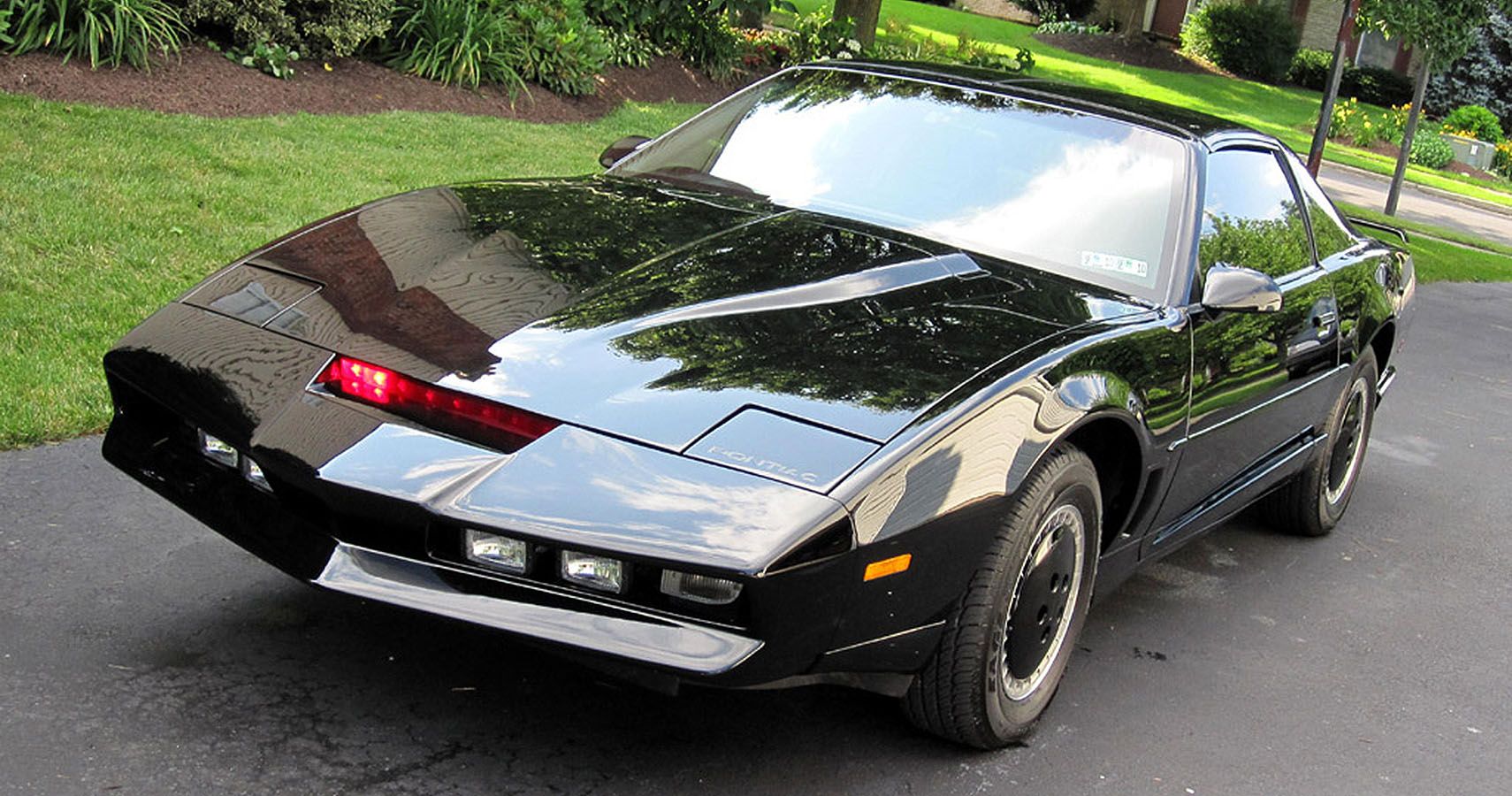The ‘80s cannot be considered a single decade when it came to the kind of cars that came out of it. The early ‘80s were affected by the Arab Oil Embargo as well as the new restrictions on emissions that came into place in the ‘70s. This was the time of the underpowered cars, so bad that they did not belong to the muscle car category at all – but did because they were better powered than the passenger cars.
The mid to late ‘80s is when things began to get better when car makers stopped trying to desperately sell cars and put more thought into the tech under the hood. Here go five muscle cars from the '80s that shine, and five that were simply over-hyped.
10 Not Worth The Hype: 1980 Ford Mustang
While this was the car that sold in droves and pulled back Ford from definite bankruptcy as it struggled during the mid-to-late 70s because of the oil embargo. But the car itself was a poor copy of the original Mustang. The 1980 model carried a 2.3-liter naturally aspirated power mill that generated all of 88 measly horses. This from a muscle car that started the muscle car mania.
The styling was no great shakes either with the Fox-Body Mustang a rather desperate attempt by Ford to keep the Mustang alive. While Ford marketed this as a luxury muscle car, it was just a boring economy car with some bells and whistles.
9 A Fan Favorite: 1987 Ford Mustang 5.0
Cut to seven years later. While people may have bought the Ford Mustang II because they had to go for underpowered cars to coast through the malaise era, they weren’t very happy about it. By 1987, Ford decided to do something about it, with muscle cars demand on the up again.
The Ford Mustang GT 5.0 was a delight. Remember though, this was still technically the Ford Mustang II except with a better engine. The 5.0-liter (technically a 4.94-liter) V8 engine managed 200 horses and this went up to 225 ponies for the GT trim. The speed went up as well and rolling in the 5.0 from 0-60mph happened in 6.3 seconds.
8 Not Worth The Hype: 1982 Chevrolet Camaro
Much like the Fox-Body Mustang, the Camaro too had to downsize under the hood to survive through the ‘70s and the early ‘80s. The 1982 Chevrolet Camaro came with a 2.5-liter inline-four power mill that gave all of 90 horses to this “muscle” car.
Deprived of engine displacement and a V6 or a V8, this Camaro seemed rather nutrition-deficient and ran the on the road equally lackadaisically. Of course, this was the base model so higher trims with better engines were available even if they didn’t sell as well. The other reason why the Camaro was still better than the Mustang was also the better styling.
7 A Fan Favorite: 1985 Chevrolet Camaro IROC-Z
The IROC-Z was the top trim of the Camaro and was an ode to the International Race of Champions. While the 1982 Camaro was not on the list of performance-oriented car buyers, the IROC-Z blew them over. With a 5.0-liter LB9 engine, this car could give a respectable 215 ponies.
The suspension was upgraded as were the wheels (taken from the Corvette). Delco-Bilstein shocks and a fuel-injection system lifted from the Vette turned this into a beautifully tuned road-eating machine. The better looks helped the sales as well. Being a limited edition, only about 3000 of these came out to play.
6 Not Worth The Hype: 1982 Dodge Challenger
One of the worst ideas to come out of the Dodge stable, the 1982 Dodge Challenger challenged the concept of a muscle car from top to bottom. Simply because it wasn’t one. With the advent of the oil embargo panic, muscle cars were shunned and so the Dodge Challenger hibernated in 1974. Sadly, it was revived in 1979 as a rebadged Mitsubishi Gallant Coupe Lambda.
Now while this was okay as a passenger car, it contradicted everything the Challenger stood for with it's measly 1.6- to 2.6-liter four-cylinder engines, with the latter churning out only 100 horses. 1982 saw the car become a little bigger but remain as lackluster till production finally stopped in 1989.
5 A Fan Favourite: 1987 Charger GLHS
For 1983, Dodge teamed up with Carroll Shelby to make the Dodge Charger Shelby models, with an improved output of 110 horses. For the 1985 model, a new engine increased the output to 145 horses, with the aid of a turbocharger and a multi-point fuel injection system.
1987 was the last year of the Dodge Shelby Charger and Shelby himself bought 1,000 of these and had them shipped off to his factory. Here he converted them into the Shelby GLHS – with the 2.2-liter four-cylinder engine now producing a cool 175 horses that let it go 0-60mph in under seven seconds. With all-black styling, the badges for these 1,000 cars said Shelby, not Dodge.
4 Not Worth The Hype: 1980 Plymouth Volare Road Runner
A sad end to a fantastic nameplate, by 1980 the Road Runner was just a trim name. The Plymouth Volare Road Runner found a sibling in the Dodge Aspen R/T because they were both the same car – just differently badged and treated.
The Plymouth Volare Road Runner should not have been called a muscle car at all because the 5.2-liter mill paired with the double-barrel carburetor produced just 120 horses whilst the four-barrel carburetor option made 155 horses. Prone to rusting and leaking, as well as plagued with carburetor issues that often led to stalling – the Volare Road Runner was a very abject end to a great nameplate.
3 A Fan Favourite: 1987 Buick GNX
The Buick GNX, aka the Grand National Experiment, came in 1987. Despite only 547 of these being made, it was the memorable muscle car to come out of the ‘80s decade. Buick’s idea with this, despite all those engine restrictions, was to give the Buick Grand National a wonderful send-off – like it almost wanted the world to miss the greatness.
The GNX was one of the quickest cars of the ‘80s if not the quickest and could do a quarter-mile in just 12.7 seconds. The V6 power mill jetted a cool 276 horses, and it has been known to go as fast as 124mph.
2 Not Worth The Hype: 1980 Pontiac Trans Am Turbo
Talking about greatness, the 1973 Pontiac Firebird Trans Am that made 290 horsepower was one of the 1970s greats. The 1980 Trans Am revival was okay power-wise, with the 4.9-liter V8 turbocharged to give 210 horses, which dropped down to 200 in 1981.
The problem lay that the turbocharger itself came with problems, and the powerplant faced plenty of reliability issues that troubled the owners to no end. With the 1983 revival of the Firebird, the Trans-Am was dropped. Some of these cars also came with a water-based paint which tended to fault pretty quickly, so many had to be repaired as well.
1 A Fan Favorite: 1982 Pontiac Firebird Trans Am
Just two years into the bad Turbo Trans Am, came the 1982-redesigned Pontiac Firebird Trans Am that looked, felt and drove a lot different. All in a good way too. While the car was a bit smaller than the before, the sloping windshield and the aerodynamical hood, combined with the 500-pound lighter weight made this a great performance car.
Even with the V8 producing only 150 horses, the wind-cutting tech and the light-weight made this car quick to start and quicker to roll. This is the car that also went on to be the Knight Rider star, KITT, right alongside a hunky David Hasselhoff.

